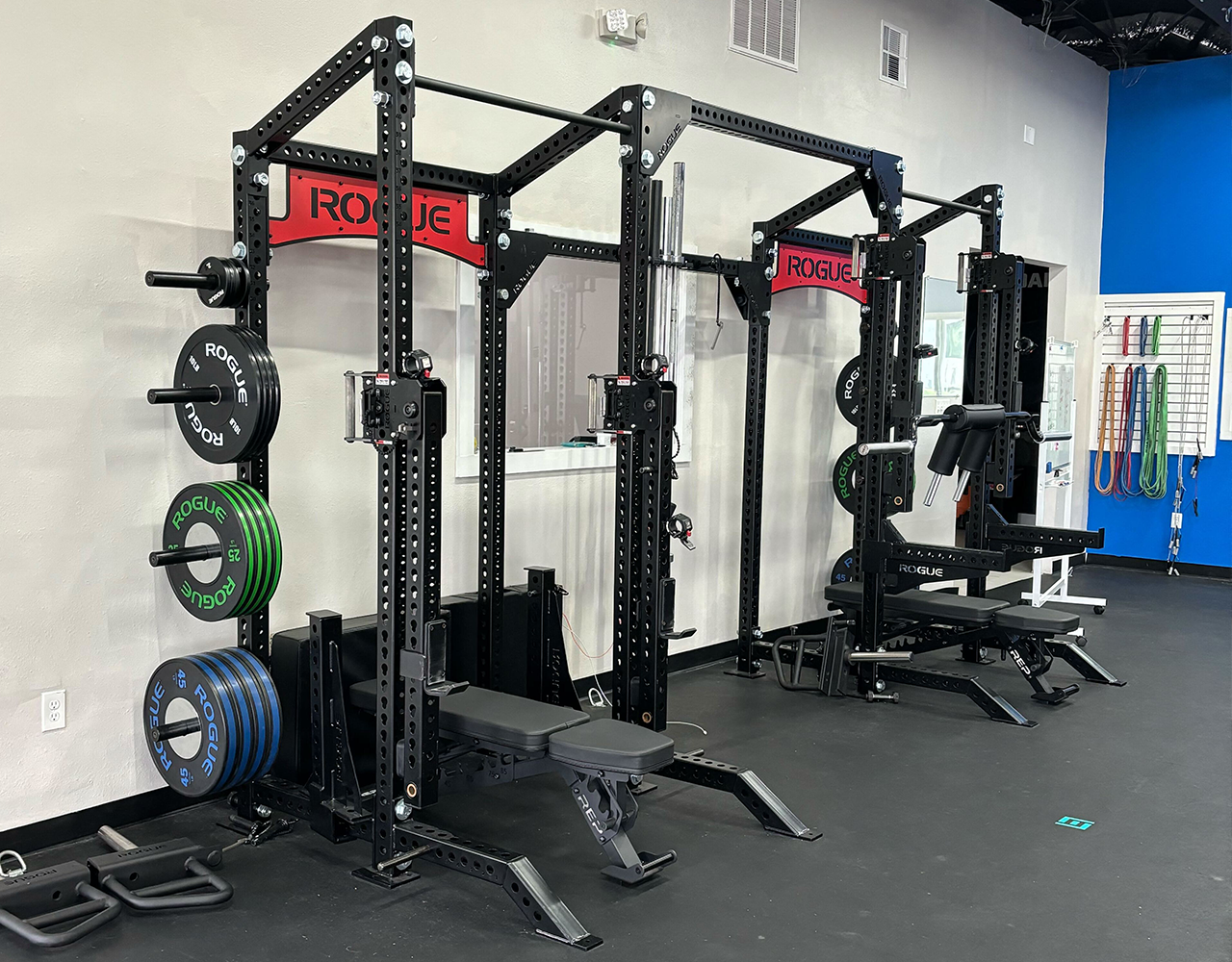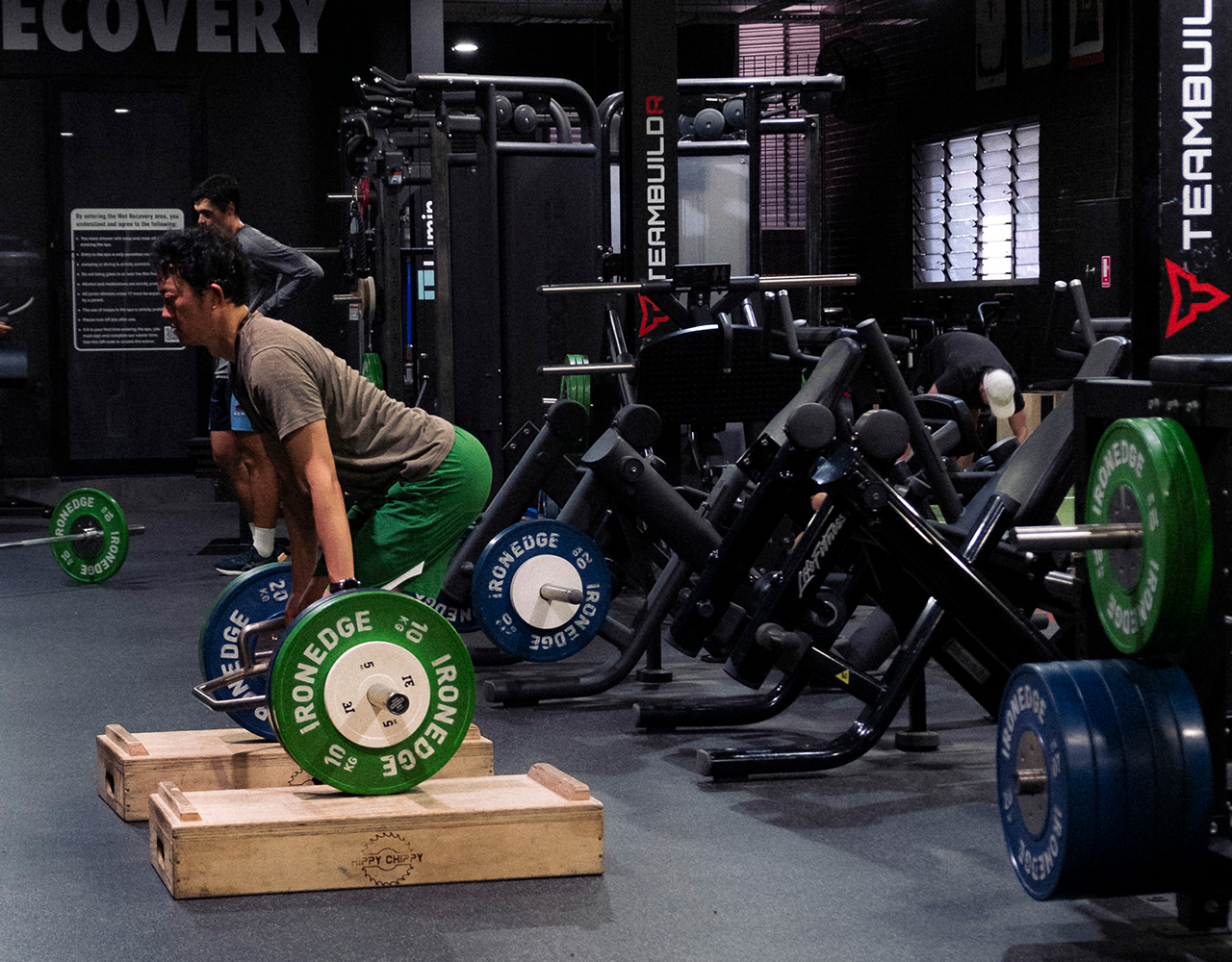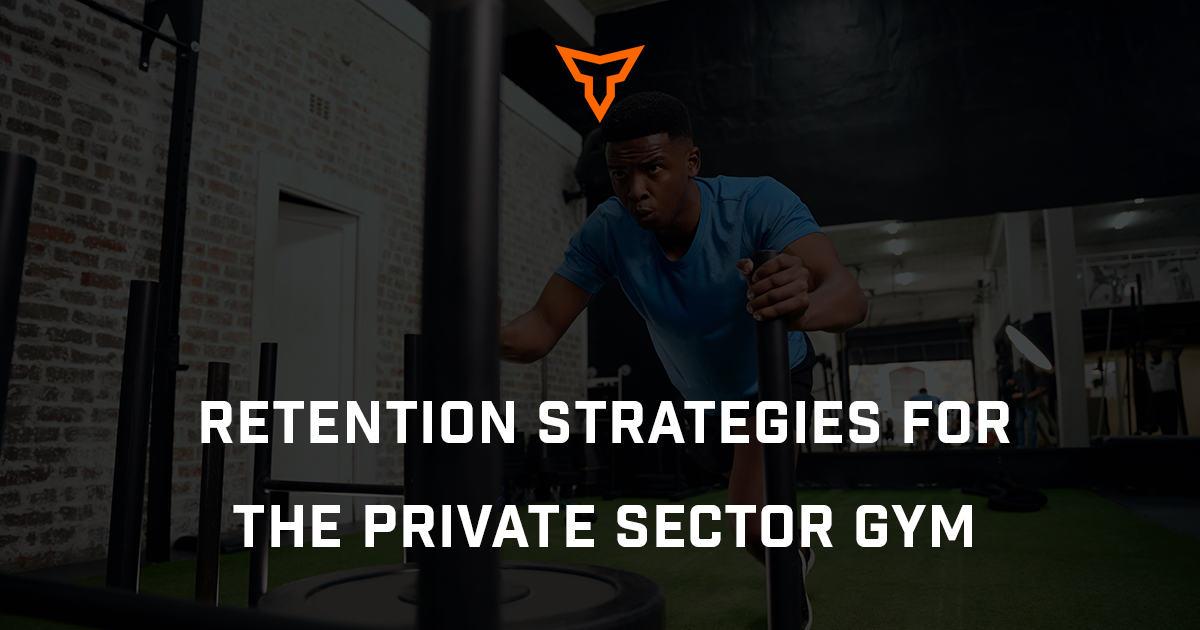How to Survive a Location Change as a Performance Facility
Man oh man, these past few months have been a whirlwind to say the least. On November 23rd, Iron Performance Center left its 2200 sqft facility and moved to a 6500 sqft state of the art home. With the help of so many awesome folks that are a part of our community, we were able to make it a relatively smooth transition. The following paragraphs are full of stories, headaches, triumphs and everything in between. Essentially a raw, uncut story of our journey with plenty of overlap and some chaos. I apologize in advance if it seems scattered at times; it’s actually appropriate considering the narrative. Buckle in.
The Hunt
Believe it or not, I was planning expansion in late 2020. I thought that if I started early enough, I could prepare for whatever s***storm would likely ensue with COVID. I had realtors looking for appropriate spaces based on the hypothetical wish list. A few major focus points of this list included the following:
Square Footage- Somewhere between 5000-6000 sqft of space would be ideal
- Naturally it had to fit a certain budget
- Include TMI on top of that as additional charge
- Taxes on top of that, because the government wants their piece
- Somewhere still in our city
- Accessible with appropriate parking
- Ideally rectangular
- High ceilings
- Built in or roughed in amenities if possible
- Substantial office space and storage
Looking back now, it’s incredible how the expenses and budget just get shot right out of proportion at times. You have to be prepared to cut certain things off the wish list in order to fit your finances. I learned that it is better to invest more into the upfront costs in order to save you years of additional rent and expenses later. Whatever boxes couldn’t be checked, prepare to invest to build them.
The Signing
After many tours, offers and heartbreaks, we found something in the spring of 2022. Yup, 2 frustrating years later. We found a unit with a few key boxes checked with plenty of potential to build it out our way. It wasn’t perfect, but the vision was there so long as the budget could make it a reality.
We had our contractors come with us during our second visit to explain our build out ideas in order to get a better idea of the cost. This is a must for anyone looking to get their own space; have a good contractor that understands your vision. Once the contractors took all the notes, they were able to formulate an approximate cost. At the time, it seemed to fit the numbers and we even gave a little wiggle room. Once the numbers were finalized, we were able to sign with confidence.
In terms of timing, it actually worked out pretty well because our current lease was set to end in November and we worked out an offer to start in October. We got lucky with this. I’m sure if push came to shove, we may have been able to get out of our lease early, however this could never be a guarantee. At worst, we would’ve had to pay our way out. I’m lucky that I can’t comment on this procedure.
If I were to pass advice to the next guy, I'd ask to meet directly with the landlord before signing. The face to face interaction and conversation will give them a better understanding of your business and the implications on their building. You could also likely do a better negotiation for perks or cheaper prices up front. We negotiated for 2 months free so as to build our unit for operations and a cheaper first year. Once meeting the guy, I felt I could’ve been a little more greedy.
Budget Blues
Once I signed the lease, my heart raced for the entire summer. There was now so much to do and plan. We had to place equipment orders and measure the flooring and get all the pieces needed for clients and athletes to be comfortable in our new home. Of course, we had a tight budget in which to get it all done.
The first and most obvious expense was the renovation. This included building new plumbing, electrical, offices and a second story within the unit. Looking back now, both the contractors’ estimation and mine were off by a substantial amount. Even with the wiggle room, we had to reallocate some things to cover items we didn’t account for. Things like a water fountain, washer and dryer unit, more healthcare offices, etc. These hidden costs added up real quick. Knowing what I know now, I wish I made clear the exact specifications of every little detail possible to avoid any confusion with the contractors. This would’ve helped us better narrow down the costs and avoid hefty blows to the budget. Ah well, live and learn.
The second biggest expense came down to the flooring. While we had an idea of cost per square foot, we didn’t know exactly how much flooring we’d need until the actual framing of the interior offices. We had a general idea, but until you see the exact specs worked out, we weren’t able to get a sound quote. For those looking to get their own space, account for flooring being at least a third of your total budget.
New equipment was the last piece of the budgeting blues. We only planned to add 2 additional racks, however, after working through the operations moving forward, we realized we’d need another one. Keep in mind that with every new rack, you need more plates, more bars, more collars and all the accompaniments that make it a sufficient work station. You can imagine how this added immensely to the cost.
Lastly, the small stuff. Moving costs, signage, audio systems, office furniture, lightbulbs, cleaning supplies, increased labor and supplies accounted for a significant amount. It’s all the things you’d write down but forget to account for because the big stuff seems to matter more. I was dumb for neglecting this on occasion and it cost me. I should’ve been more aware of the space we were creating and the new necessities needed to make it the environment we wanted. These were a big part of the growing pains.
I won’t bore you with the details of every item we accounted for in our budget. All you need to know is that we had a projected amount we planned to spend and ended up going over by an additional $30,000. When I say s*** added up, I wasn’t kidding. For you future entrepreneurs, be prepared for unexpected changes and expenses. Do as much diligence to envision the space and walk through all aspects of the operation. You’ll likely find something you wish to account for or find something you didn’t know you’d need.
The Build
Once September hit, we were on the clock. We took possession and our crew hit the ground running. The boys started drilling the plumbing, framing the walls and getting after it. All the while, we were running our operation while slowly packing up. Taking signs off the wall, reorganizing the things in storage, getting rid of junk and updating the business stuff. A couple things to remember:
Update banking info for credit card spending- Collect points if you’re smart and put all expenses on here
- Forward your mail from your previous place, it’s worth it
- Remember, the tax man always finds you
- Include updating your Google address
- Give your last day on current lease and tentative start date for new lease
- Business license
- Corporate documents
Make a list and just start checking the boxes. Things that need updating always pop up, but it’s best to be proactive. If something gets overlooked, don’t panic, many times the company will call as a reminder and you can just update things over the phone.
The building process was estimated at about 3-4 months. Now, it goes without saying that nothing ever seems to go exactly as planned, much less on time. The biggest headache was coordinating different installations to line up at the right time. For example, we ordered the new equipment and got a timeline for delivery. Before they could install the equipment, the rubber flooring and turf had to be delivered and installed. Before the floor could go down, the lights had to be fixed, the walls sanded and painting done. You see how this could get chaotic.
Upon reflection, I feel we checked the boxes in a good order. We made sure the different tradesmen communicated effectively so their work could be done on time. We gave sufficient cushions of time in order for the flooring to be manufactured and delivered. We had a few hiccups with equipment delivery; the timestamps of processing the order was past 5pm on a Friday which put us behind a week apparently.
Should I have to do it again, I would give myself more time. Everyone seemed shocked at how quickly we went from building the space to moving in; we didn’t rush, we were just extremely lean with our timeline. A big part of that was our previous lease ending and us trying to line up the transition as close to the end date as possible. It took us only a day to move in (huge thanks to some of our awesome athletes and friends, you know who you are) and we were operating as usual the very next day.
For those looking to build their new space, remember to be patient with yourself and your people. There will be growing pains, remember that they are only temporary. Be honest with your people on what to expect during the transition process so they can be as prepared as possible. A simple email outlining this can go a long way. Being honest about what you know and don't know shows you care; your people will understand that not everything will go smoothly at first. Like, we didn’t have working plumbing for 2 weeks and our people were fine using portable toilets outside in the beginning of winter. Be honest and patient, they will do the same for you. It’s a process.
Settling In
As I write this, we are currently approaching our 10th week in our new home. The build is more or less done, there are just a few straggling things that need to be completed. As you complete day to day operations, little snags will be brought to light; address them accordingly.
The biggest hurdle to overcome in a new space is operational flow. With so much more space and equipment, it can be tricky to figure out the best spots to put certain things or run certain workouts. I recommend asking your clients for feedback and suggestions. They’re the ones in the trenches doing the work, they’ll tell you what they like, don’t like and feel could be changed. Something as simple as relocating a piece of equipment might be the difference maker. Prepare to move everything multiple times and prepare to move it all back again.
Monthly expenses are a major change point for us as well. You’d think taking over a space triple the size likely means triple the expenses. The numbers would back you up on this. Monthly overhead is the stuff nightmares can be made of. Before taking over the space, I had many meetings with our accountant to be certain we could make it work. A larger space meant more rent, more heat, more hydro, more insurance, more supplies and more labor to clean the place. We had to be sure we accounted for as many variables as possible outside the upfront (one time) expenses.
A word of caution, nothing is ever guaranteed. As always, plan for the worst by overestimating expenses and underestimating income. We took the plunge under the assumption we could maintain what we are currently doing and NOT plan for potential. I’ve seen too many good people lose their business because they had visions of grandeur and it ended up costing them dearly. Have a vision for the future but see your business for what it is right now. Go forward based on that.
For us right now, we’ve settled into our equipment location and work stations. Our focus moving forward is how to run multiple facets of our training services at the same time to maximize time, space and revenue. Once we get that sorted, I’ll be sure to share it with you folks. In closing, moving into a much larger space can be an extremely exciting moment in a company’s history. It does, however, come at a cost. For my entrepreneur friends out there looking to travel down this road, remember to detach emotionally. Practice patience, discipline and listen to the math. Numbers don’t lie.
Subscribe to our blog
Subscribe to receive the latest blog posts to your inbox every week.
Related posts

20 Ways to Get More Leads for Your Gym

How to Handle Common Member Complaints and Issues


